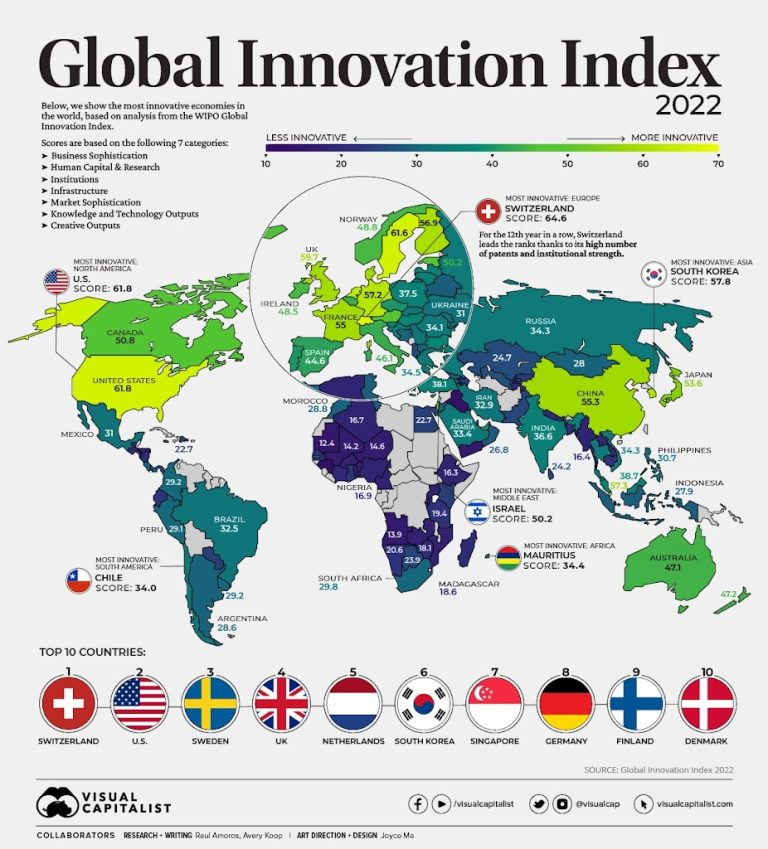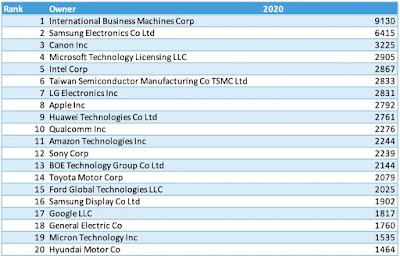Future of IP + AI? Regenerative AI
These are the GenAI prompts used to gather information about intellectual property (IP) and the world of artificial intelligence (AI), i.e., IP+AI. This is part of our Regenerative AI project; recreate as needed, when needed, with the GenAI engines available to you at that time. Select results from various Generative AI engines (ChatGPT 4.0, Gemini, Claude, Copilot). Look at writing and analysis of Human + Artificial Intelligence by Hall and (Hall & Lentz, 2024) over…


